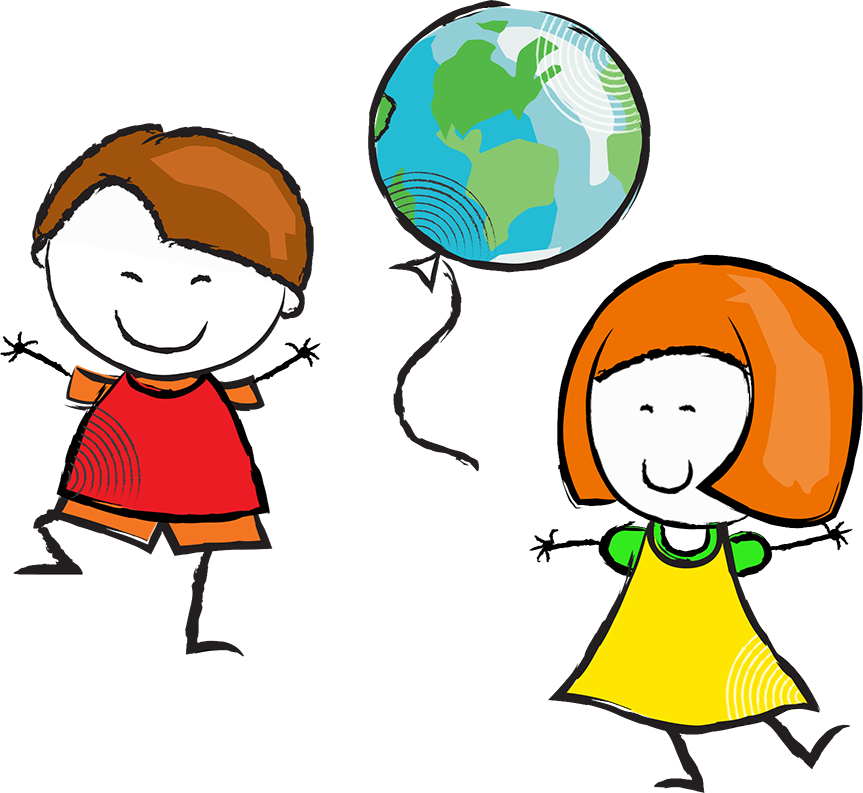What is Montessori? Part 1
/One hundred years ago a young Italian woman devised a new approach to education based on a foundation of encouragement and respect.
Maria Montessori was born in 1870 in Italy, Despite many obstacles, Montessori was the first Italian woman to become a doctor. She went on to teach at the medical school of the University of Rome, and, through its free clinics, came into frequent content with the children of the poor. Through her work she became convinced that all children are born with an amazing human potential, which can develop only if adults provide them with the right stimulation during the first few years of life.
Anxious to prove her point, in 1907 Montessori started to oversee a nursery for working-class children who were too young to go to school. Located in one of Rome’s worst slums, this became her first Casa dei Bambini or “Children’s House”. The conditions were appalling and many of the children who attended were aggressive, impatient, and disorderly.
Montessori began her work by teaching the older children how to help with everyday tasks. To her amazement, three and four year olds took great delight in learning practical living skills. Soon these children were taking care of the school, assisting with the preparation and serving of meals and helping to maintain a spotless environment.
Montessori recognised the children experience a sense of frustration in an adult-sized world, so she had miniature jugs and bowls prepared, and found knives that fit into a child’s tiny hand. She had carpenters build child-sized tables and chairs that were light enough for children to move without adult help. The children loved to sit on the floor, so she provided them little rugs to define their work areas and they quickly learned to walk around them rather than disrupt each others work.
Montessori observed how children respond to a calm and orderly environment in which everything has an allocated place. She watched the children learn to control their movements and gave them the opportunity to develop their sense of independence. Montessori observed the children’s increasing levels of self-respect and confidence as they were taught and encouraged to do things for themselves.
Montessori’s work lives on today. Some people are attracted to the calm, responsible behaviour shown by the students, and appreciate their love for learning. Others applaud the freedom, spontaneity and independence that Montessori gives young children.
Please note: Much of this information was sourced from “How to raise and amazing child, the Montessori way to bring up caring, confident children” by Tim Seldin, President of the Montessori Foundation.










